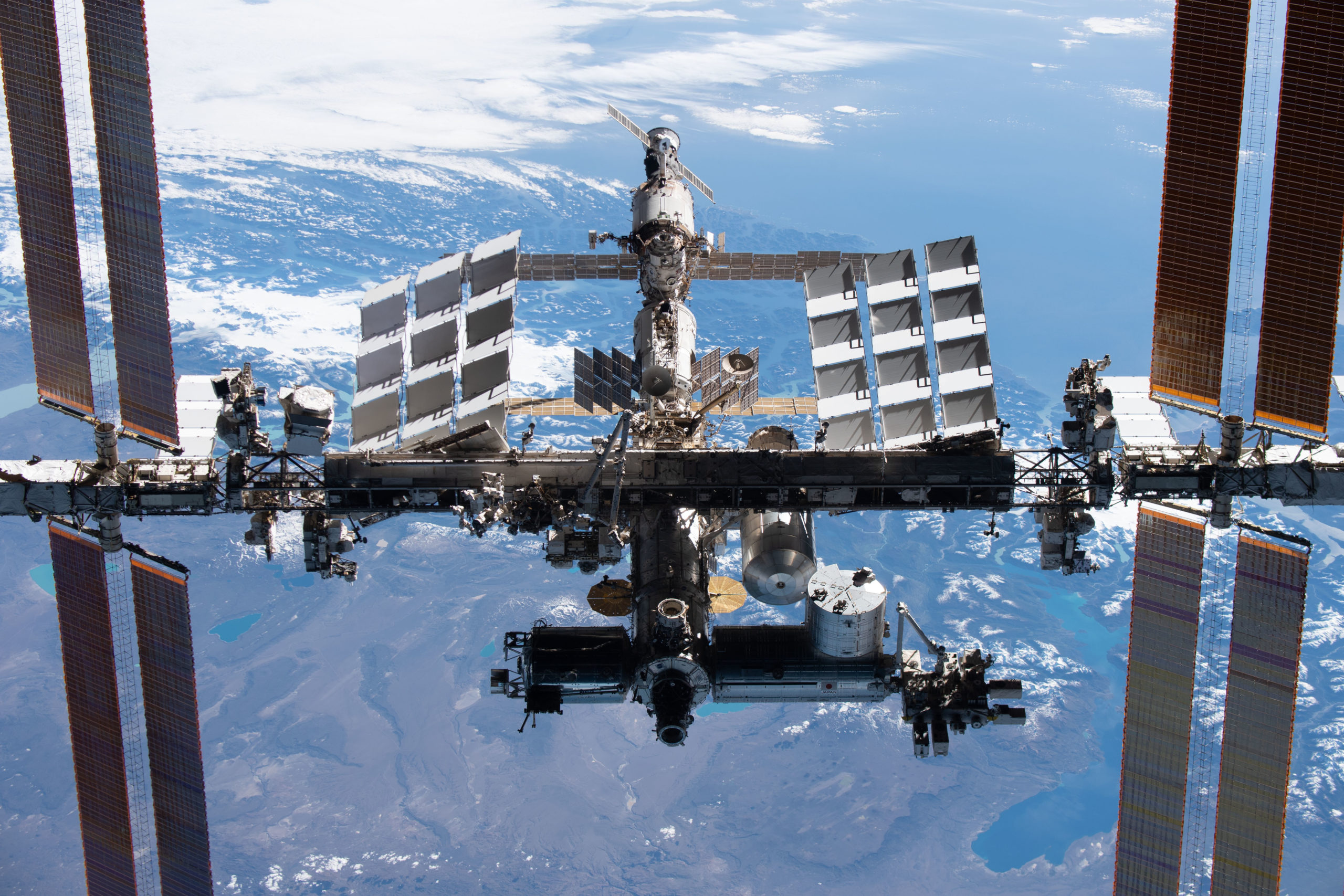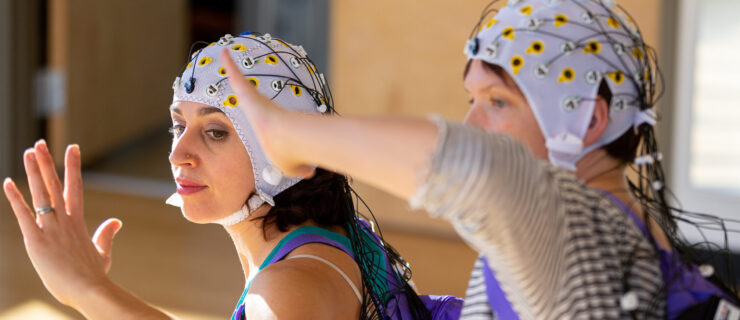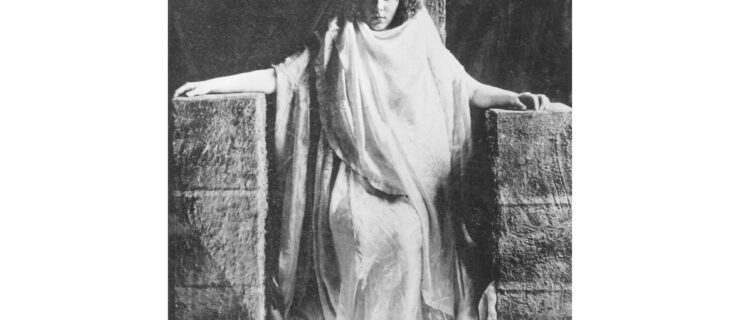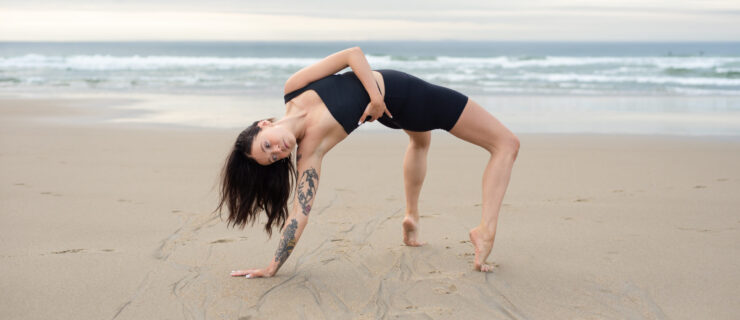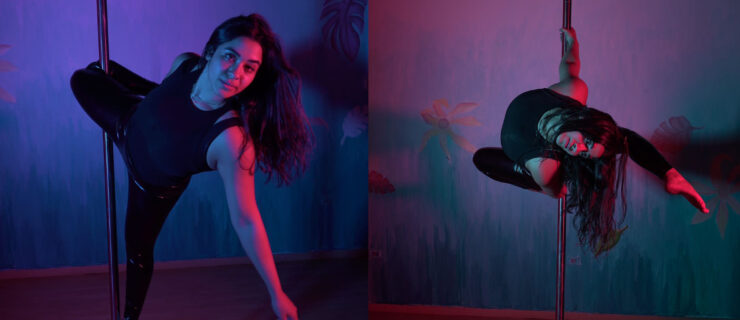Dancing in Space? Here’s How Astronauts Are Reinventing Movement in Microgravity
What makes dance dance? What turns movement from functional to artistic? Some might say it’s the speed, rhythm or direction of the movement; others might point to the intent of the mover. I’d argue that the heart of dance as we know it is something even more fundamental: gravity. As dancers, we’re enmeshed in the experience of gravity, and how to resist it. I jump, knowing my feet have to return to the floor. I balance on one foot, knowing that as my center of mass moves, so too will the pull of gravity. Movements that we think of as impressive—leaps, pirouettes, partner work—are aesthetically pleasing because they play with gravity. But what happens when this fundamental force gets stripped away?
To put it another way: Can we dance in space?
I’m a dancer, scientist and aspiring astronaut, which means I’ve spent a lot of time thinking about this question, and what I’d do if I got the chance to try to answer it for myself. Getting to set the first site-specific work on the International Space Station is a big pipe dream of mine—just imagine using the low-gravity environment and three-dimensional layout of the ISS to explore movement in an entirely new way, zipping past the Earth below at nearly 18,000 miles an hour!
Or, more accurately, it used to be my big dream, before I studied enough astronauts to realize that most of them beat me to it.
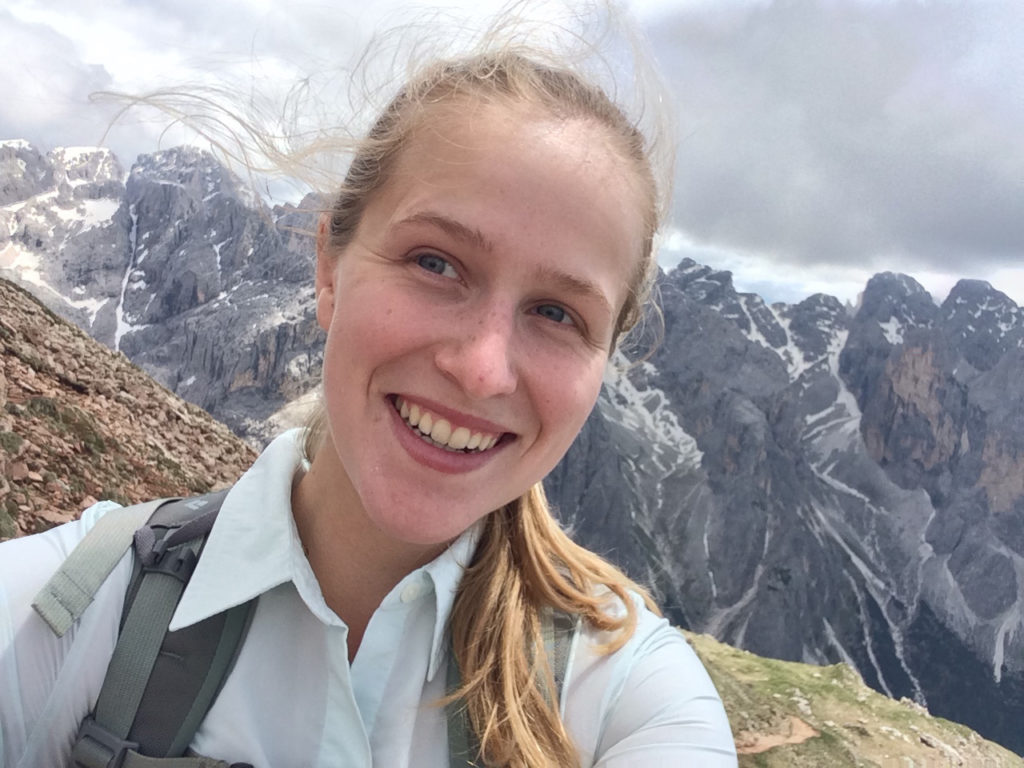
We don’t often think of astronauts as dancers. They’re test pilots and engineers, scientists and medical doctors, sent beyond our atmosphere to spend grueling, 12-hour days doing everything from analyzing zero-gravity plant growth to fixing the ISS’ space toilet. But most of the astronauts spend their free time on one universal activity: having fun with weightlessness.
New and old residents of the ISS alike have cited their fascination with how the low-gravity environment transforms their world. You can’t jump in space—once an astronaut pushes off of a surface, they’ll keep traveling forward until they collide with something else. Meanwhile, every inch of their new world can be used, every surface a potential point of contact; “up” and “down” are no longer relevant constraints.
In short: Living in space means relearning, and, in some cases, redefining, how the body moves. Astronauts must develop entirely new ways of choreographing their living space. Because the ISS has been active for more than 20 years, its inhabitants have built a movement vocabulary suited to their environment. “Standing still” is now a process that takes thought—astronauts will stick a toe or two under handrails, helpfully distributed across the walls, floors and ceilings, to hold themselves in place. Something as simple as moving from one place to another, which might be accomplished on Earth by walking or running, becomes controlled, directed propulsion—a single push off a handrail sends the mover gliding outward, a process that can make the astronauts look (and feel) like superheroes.
There is an art to these motions, and a corresponding desire on the part of astronauts to perform “living in space” with both poise and intent. On long-duration missions in the ISS, astronauts can watch each other adapt, learning the right amount of force to apply to use a big toe as their stability anchor, the pressure needed to redirect mid-transit through a module, and, of course, the new, three-dimensional sense of where their partners might be in space. When the walls, ceiling and floor can all be used with the same degree of efficacy, enhanced spatial awareness is key to avoid whacking a fellow crewmember who’s working. Moving together is an additional challenge; a simple grab and pull on a shoulder or a hip goes a long way, making fun games of chase up and down the ISS’ chain of modules.
“Living in space means relearning, and, in some cases, redefining, how the body moves. Astronauts must develop entirely new ways of choreographing their space.”
C. Adeene Denton
Through all these modes of motion, astronauts work to ensure that they look as graceful as possible when captured on film. They’re conscious of the job behind their job: They have to do the work of science and engineering, but they must also do it with an ease that’s convincing to those watching from Earth. The fluidity (or not) of their motions is a demonstration to the world that humans can adapt to space.
The way astronauts live, work and play may not seem like dance in the traditional sense—it lacks both the performative trapping and any familiar movement vocabulary we might seek to recognize—but when we consider who they are, and where they live, the legacy of the ISS comes much closer to a 20-year-long, site-specific performance piece than I expected when I began to study it. It uses a specially developed movement framework to captivate its audience. In this case, the audience is the rest of humanity, and the astronauts are the performers, tasked with building a vision of low-Earth orbit as a place where the lack of gravity liberates us, where the idea of what movement, and, thus, dance, can be is completely transformed.
If I manage to make my way to space, I won’t be the first person to make art out of motion up there. But I’ll get something better—the chance to build on a long and proud legacy of low-gravity movement. It’s a fascinating new realm for dance, one that’s been fun for me to watch astronauts explore. Maybe one day, I’ll get the chance to join in.
